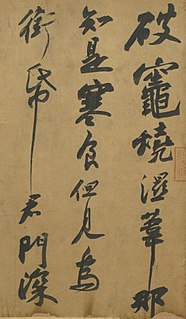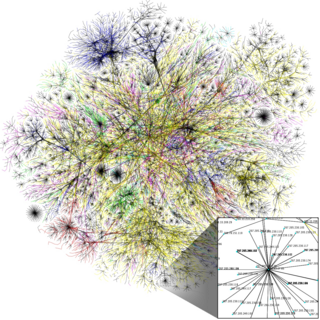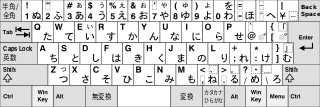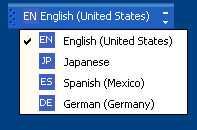 W
WComplex text layout (CTL) or complex text rendering is the typesetting of writing systems in which the shape or positioning of a grapheme depends on its relation to other graphemes. The term is used in the field of software internationalization, where each grapheme is a character.
 W
WIn computing, data storage, and data transmission, character encoding is used to represent a repertoire of characters by some kind of encoding system that assigns a number to each character for digital representation. Depending on the abstraction level and context, corresponding code points and the resulting code space may be regarded as bit patterns, octets, natural numbers, electrical pulses, or anything of the like. A character encoding is used in computation, data storage, and transmission of textual data. "Character set", "character map", "codeset" and "code page" are related, but not identical, terms.
 W
WMany East Asian scripts can be written horizontally or vertically. Chinese, Japanese, Vietnamese Chữ Nôm and Korean scripts can be oriented along either axis, as they consist mainly of disconnected logographic or syllabic units, each occupying a square block of space, thus allowing for flexibility for which direction texts can be written, be it horizontally from left-to-right, horizontally from right-to-left, vertically from top-to-bottom, and even vertically from bottom-to-top.
 W
WAn input method is an operating system component or program that enables users to generate characters not natively available on their input devices by using sequences of characters that are natively available on their input devices. Using an input method is usually necessary for languages that have more graphemes than there are keys on the keyboard.
 W
WIn computing, internationalization and localization (American) or internationalisation and localisation (BrE), often abbreviated i18n and L10n, are means of adapting computer software to different languages, regional peculiarities and technical requirements of a target locale. Internationalization is the process of designing a software application so that it can be adapted to various languages and regions without engineering changes. Localization is the process of adapting internationalized software for a specific region or language by translating text and adding locale-specific components. Localization uses the infrastructure or flexibility provided by internationalization.
 W
WInternet in Russian is a part of the Internet that uses the Russian language. Geographically, it reaches all continents, including Antarctica, but mostly it is based in Russia.
 W
WInternet linguistics is a domain of linguistics advocated by the English linguist David Crystal. It studies new language styles and forms that have arisen under the influence of the Internet and of other new media, such as Short Message Service (SMS) text messaging. Since the beginning of human-computer interaction (HCI) leading to computer-mediated communication (CMC) and Internet-mediated communication (IMC), experts, such as Gretchen McCulloch have acknowledged that linguistics has a contributing role in it, in terms of web interface and usability. Studying the emerging language on the Internet can help improve conceptual organization, translation and web usability. Such study aims to benefit both linguists and web users combined.
 W
WIn relation to the Japanese language and computers many adaptation issues arise, some unique to Japanese and others common to languages which have a very large number of characters. The number of characters needed in order to write in English is quite small, and thus it is possible to use only one byte (28=256 possible values) to encode each English character. However, the number of characters in Japanese is many more than 256 and thus cannot be encoded using a single byte - Japanese is thus encoded using two or more bytes, in a so-called "double byte" or "multi-byte" encoding. Problems that arise relate to transliteration and romanization, character encoding, and input of Japanese text.
 W
WThe writing system of Korean, Hangul, is an alphabet organized into blocks of syllables; characters cannot just be written from left to right. Because of this, every possible syllable in Korean must either be rendered as syllable blocks by a font, or be encoded separately. Unicode uses the latter option. As an example, the syllable 하 (ha) consists of the characters ㅎ (h) and ㅏ (a), but both of them are encoded separately.
 W
WThe Text Services Framework (TSF) is a COM framework and API in Windows XP and later Windows operating systems that supports advanced text input and text processing. The Language Bar is the core user interface for Text Services Framework.